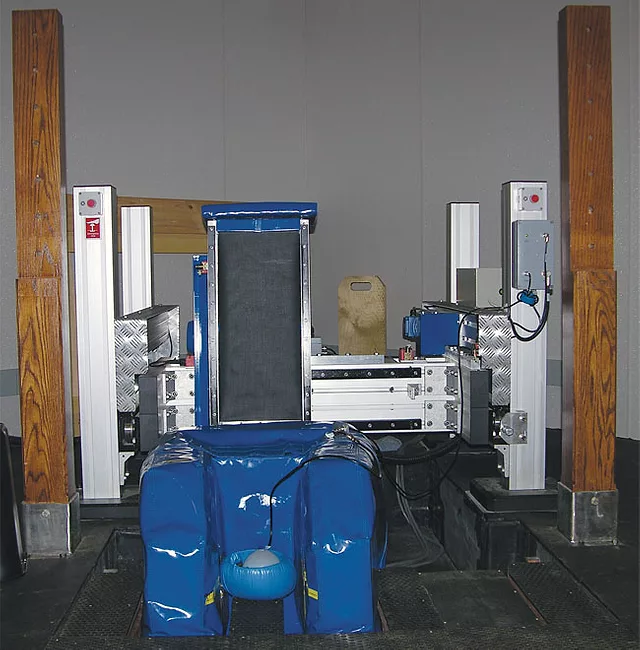American Farriers Journal
American Farriers Journal is the “hands-on” magazine for professional farriers, equine veterinarians and horse care product and service buyers.

After roughly two decades of use on humans, magnetic resonance imaging, or MRI for short, is becoming practical for equine medical care. The development of so-called “open” MRI machines for people during the past few years led to similar systems using “collars” that allow quick and safe MRI diagnostic examinations of horses.
Only veterinarians can administer an equine MRI, but farriers will want to understand the possibilities when discussing hoof-care options with clients and vets. Although still limited in availability, equine MRI exams, which produce images of inner anatomical structures akin to X-rays, are becoming more common.
Equipment advances make horses suitable patients.
Standard MRI machines for humans are still cylindrical tubes into which an entire body is placed. Although not painful, MRI exams often make patients uncomfortable because of the tight, enclosed confines of the tube. Keeping still is essential so the images are not blurred. Some patients require sedation.
Closed systems have been used for equine care, but only for portions of the body that fit into the machine. Also, the animal must be placed under general anesthesia to ensure stillness, but prolonged anesthesia poses medical risks.
The problems with the human MRI machines led to the design of “open” MRI systems in which smaller magnets and sensors are positioned alongside the patient, who is not totally enclosed. With the development of collars containing the necessary sensors, the smaller, open system could be put to use with horses and other animals.
The open system is now…